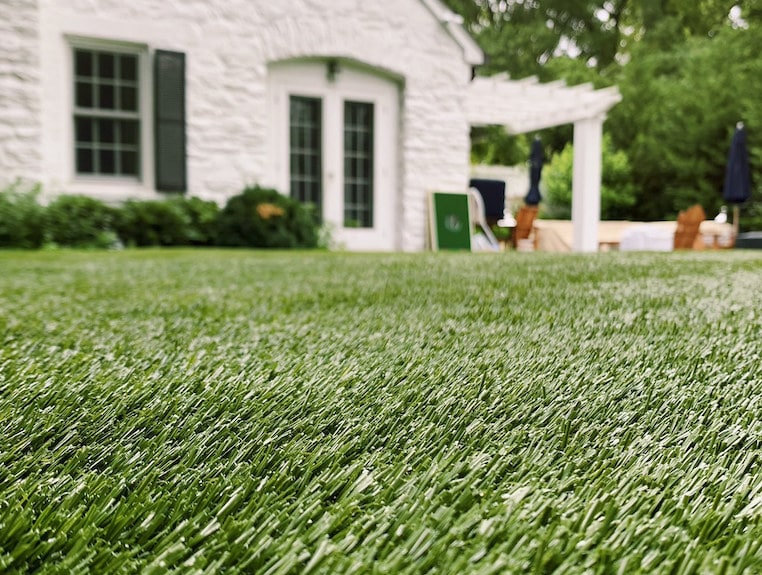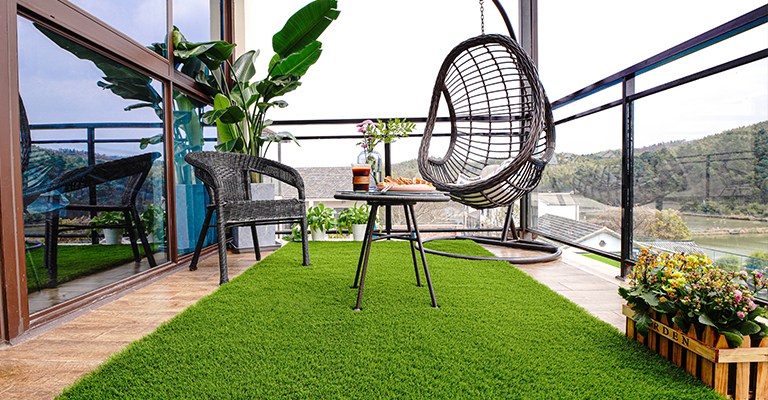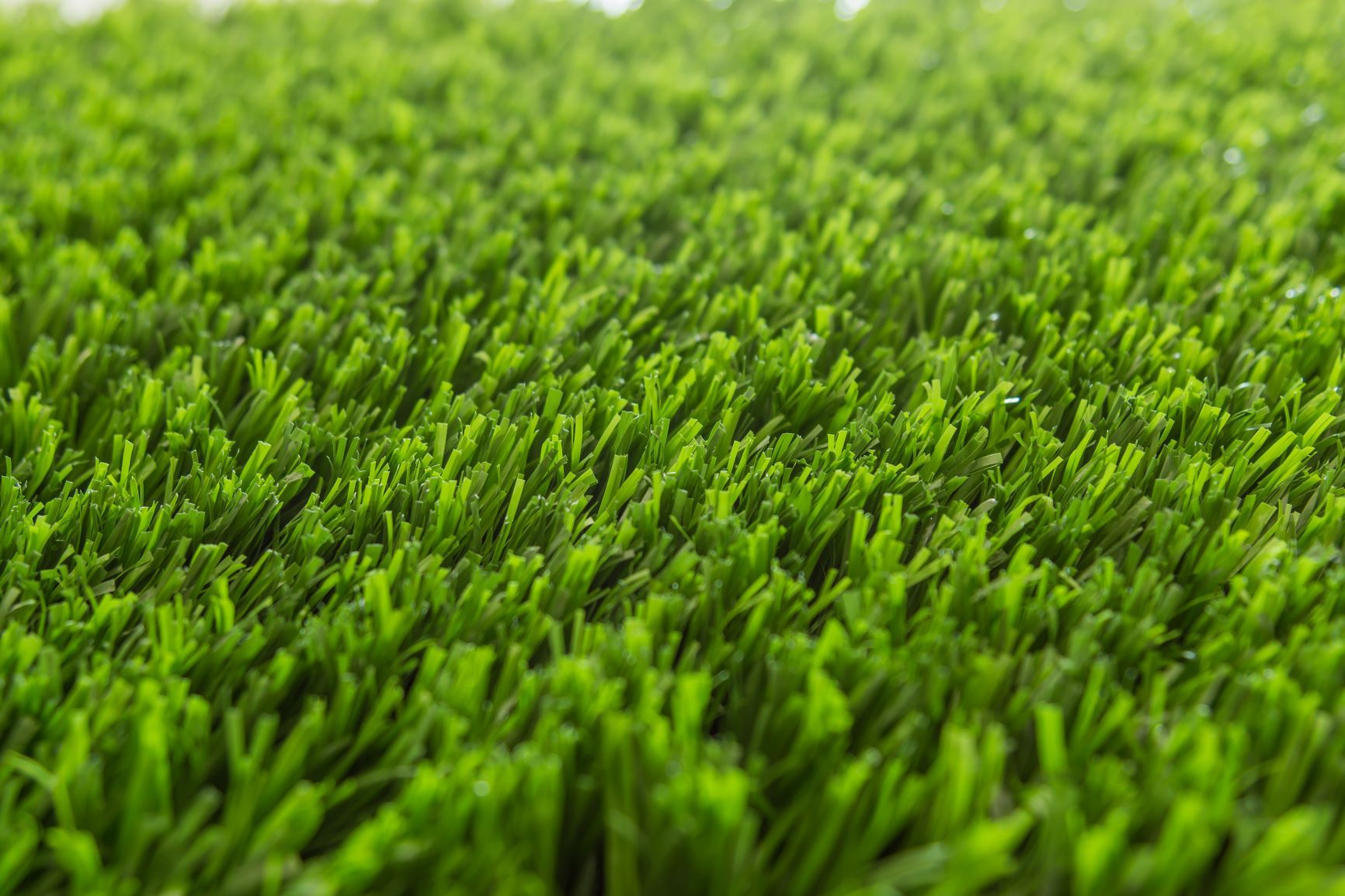Top-Grade Arizona Turf Solutions for a Beautiful and Green Landscape
Top-Grade Arizona Turf Solutions for a Beautiful and Green Landscape
Blog Article
Explore the Environmental Conveniences of Opting for Synthetic Grass Solutions
The fostering of synthetic grass solutions offers an engaging possibility to attend to pushing environmental obstacles. By considerably minimizing water usage and reducing the application of harmful chemicals, these alternatives not just advertise sustainable landscape design however also secure local environments. Moreover, the reduced carbon impact connected with decreased upkeep activities adds to a more lasting method to land monitoring. Nonetheless, the implications of these advantages prolong beyond mere conservation efforts, elevating concerns regarding their long-lasting effect on habitat conservation and overall environmental balance. Exploring these dimensions discloses a complicated interaction worth considering.
Water Conservation Perks
Among the most considerable benefits of synthetic grass is its capability to preserve water. Traditional lawn lawns call for significant watering, especially in areas prone to drought or water limitations. In contrast, synthetic grass does not need watering, substantially reducing the total demand for water resources. This feature is especially useful in dry areas where water scarcity is a pushing problem.
By eliminating the need for normal watering, synthetic grass adds to sustainable landscape methods and assists minimize the environmental influence of excessive water consumption. In addition, the conservation of water reaches the decrease of overflow, which can cause dirt erosion and waterway pollution.
Furthermore, the setup of man-made grass allows communities and homeowners to allocate water sources much more effectively, focusing on important uses such as drinking water and farming. The change in the direction of synthetic grass not just promotes liable water usage yet additionally lines up with wider environmental objectives intended at protecting natural deposits.
As neighborhoods significantly focus on sustainability, the water preservation benefits of synthetic grass offer a compelling instance for its adoption in household and business landscaping jobs.
Lowered Chemical Usage
The shift to synthetic grass dramatically reduces the dependence on chemical therapies generally used in all-natural lawn upkeep. Standard turf management typically involves the application of fertilizers, chemicals, and herbicides to advertise development and control parasites. These chemicals can position threats to human wellness, regional wild animals, and the atmosphere, adding to soil and water contamination.
In contrast, man-made turf eliminates the need for these damaging compounds. By decreasing the release of artificial substances right into the ecosystem, artificial turf promotes much healthier soil and water systems.
Moreover, the lack of chemical runoff related to synthetic grass setups aids protect regional waterways from contamination, sustaining aquatic life and keeping biodiversity. Artificial turf companies phoenix. As neighborhoods significantly prioritize sustainable methods, choosing for synthetic grass offers a sensible solution that aligns with environmental conservation objectives. Through this shift, residential property owners can appreciate rich environment-friendly rooms without jeopardizing environmental health, leading the way for a much more lasting future
Lower Carbon Footprint

Furthermore, the setup of synthetic lawn can result in significant water conservation. Natural yards require more significant amounts of water for irrigation, which not only includes in the carbon footprint connected with water removal and therapy but likewise pressures neighborhood water sources. In contrast, synthetic grass needs very little maintenance, requiring no watering, thus substantially minimizing water use and its connected energy expenses.
Additionally, the durability of synthetic grass adds to its decreased carbon effect. With a life expectancy of up to 15 years or more, the demand for constant substitutes is reduced, leading to less waste and reduced power usage in manufacturing and throwing away standard lawn options. In general, synthetic grass offers a lasting choice for environmentally aware landscape design.
Habitat Conservation
Environment preservation is a critical factor to consider in the dispute over landscape design selections, especially when contrasting synthetic grass to natural lawn. Natural yard yards typically require considerable maintenance, including making use of pesticides, herbicides, and plant foods, which can detrimentally affect neighborhood environments. These chemicals can leach right into the dirt and waterways, damaging native plants and animals and interrupting neighborhood habitats.
On the other hand, synthetic grass presents a chance to reduce the read the article environmental impact of landscaping. By choosing for synthetic turf, homeowners can reduce the interruption of natural environments associated with standard grass care methods. Fabricated turf gets rid of the demand for hazardous chemicals, consequently protecting nearby wildlife and preserving the honesty of surrounding communities. In addition, the installation of synthetic grass can cause the conversion of previous yard areas into more biodiverse landscapes, such as pollinator gardens or native plant areas, which can support regional wild animals.
Eventually, the shift to synthetic turf not just preserves water and minimizes maintenance efforts but additionally cultivates a much more harmonious relationship in between human tasks and the natural surroundings, promoting environment conservation at the same time.
Long-Term Sustainability
Long-term sustainability is a crucial variable in reviewing the advantages of synthetic grass over standard turf lawns. Among the most substantial advantages of synthetic grass is its resilience; it can last approximately 15-20 years with very little maintenance, whereas all-natural lawn requires constant reseeding and replacement. This longevity lowers the requirement for consistent sources, such as water, fertilizers, and chemicals, which are vital for maintaining a healthy turf yard.
Additionally, synthetic grass adds to a decrease in carbon emissions connected with grass care equipment. Standard yards usually require gas-powered lawn mowers, trimmers, and blowers, every one of which add to air contamination. Arizona turf. On the other hand, fabricated grass eliminates the requirement for such equipment, advertising a cleaner setting
Moreover, the manufacturing of fabricated grass increasingly utilizes recycled products, enhancing its sustainability profile. As manufacturers embrace environmentally friendly practices, the ecological footprint of synthetic grass remains to diminish.

Verdict
The fostering of artificial grass solutions presents substantial Go Here environmental benefits, including significant water preservation, decreased dependence on unsafe chemicals, and a reduced carbon footprint. Man-made turf aids in maintaining natural habitats by lessening land disturbance and promoting long-lasting sustainability via the use of long lasting products. Collectively, these aspects emphasize the potential of synthetic grass to contribute positively to ecological health and use a viable option to traditional landscape design techniques in a progressively resource-conscious globe.
In comparison, artificial grass does not require watering, considerably decreasing the overall demand for water sources. By lessening the launch of artificial compounds into the community, man-made lawn advertises much healthier soil and water systems.
Additionally, the setup of man-made lawn can result in significant water preservation. In comparison, artificial turf needs minimal maintenance, requiring no watering, thus substantially minimizing water use and its connected energy expenses.

Report this page